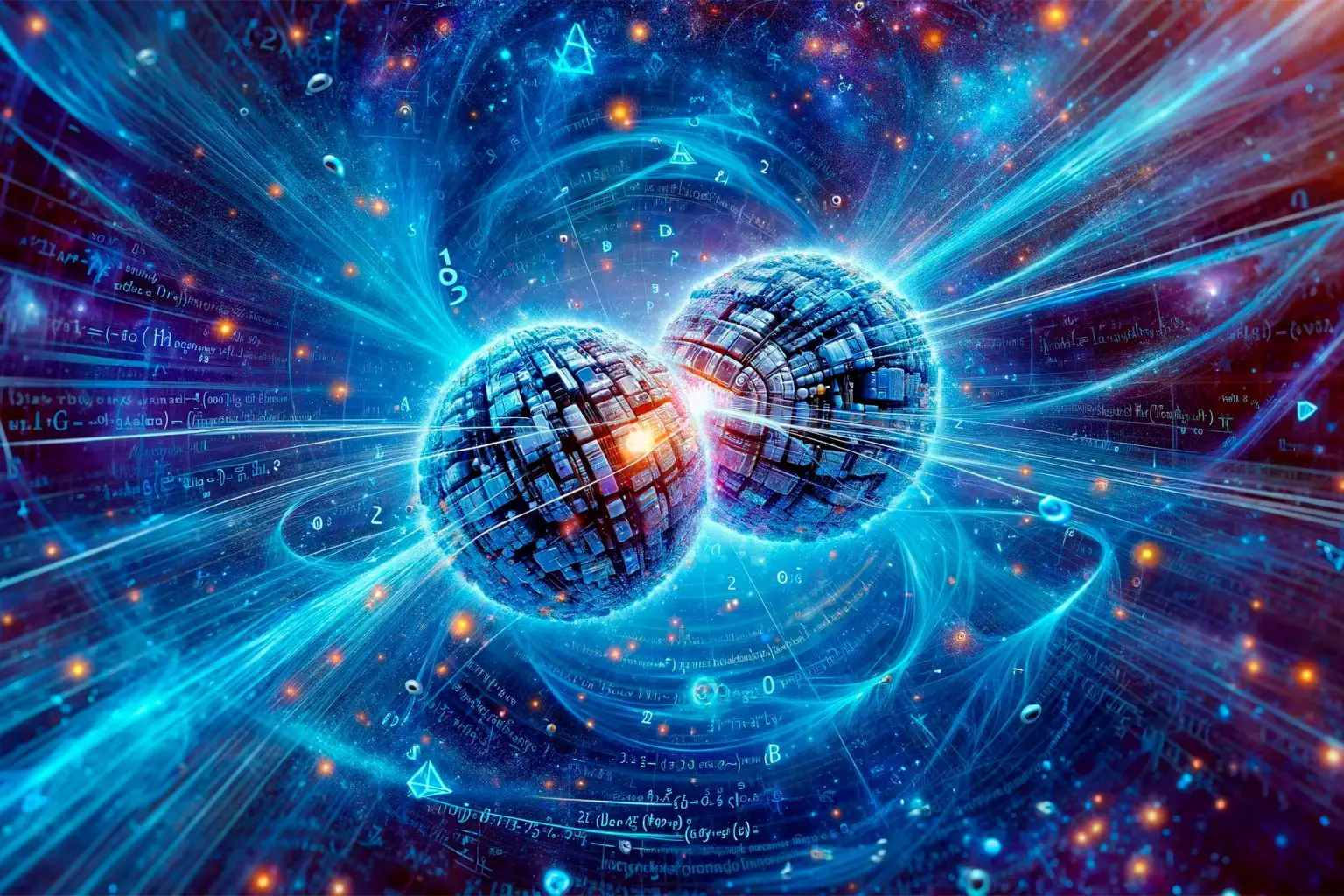Mysterious Tau particles unlock the quantum world.
Tau particles are not very common in the universe. Those mysterious particles can unlock secrets of the quantum world and dark matter. A tau particle is a similar particle to an electron but it is much heavier. It belongs to the lepton family of elementary particles. The existence of the Tau particle remains for only a very short time.
Researchers suggest That particles to used as a proving theory that all fundamental forces and all elementary particles are the same things. But those particles' mass and energy levels determine what a particle is. Same way as energy level and wavelength of the wave movement determine what fundamental force it carries. This is one version of the GUT (Grand Unified Theory).
The measurements that should uncover invisible interactions between quantum particles and fields can made by colliding those Tau particles. In some other models, the spin and wobbling of those particles were observed. And those things can tell something about the invisible interaction. The problem is that the lifetime of the Tau particle is (2.903±0.005)×10^(−13) s.
"The Large Hadron Collider at CERN can be used to study many kinds of fundamental particles, including mysterious and rare tau particles." (ScitechDaily.com/Unlocking Fundamental Mysteries: Using Near-Miss Particle Physics to Peer Into Quantum World)
"Electrons, muons, and taus all wobble in a magnetic field like a spinning top. Measuring the wobbling speed can provide clues into quantum physics. Credit: Jesse Liu, CC BY-ND" (ScitechDaily.com/Unlocking Fundamental Mysteries: Using Near-Miss Particle Physics to Peer Into Quantum World)
"Electrons, muons and taus are three closely related particles in the Standard Model of particle physics – scientists’ current best description of the fundamental laws of nature. Credit: MissMJ/WikimediaCommons" (ScitechDaily.com/Unlocking Fundamental Mysteries: Using Near-Miss Particle Physics to Peer Into Quantum World)
So the measurement time is very short. Another problem is that the interaction time between Tau and its environment is very short. And that makes it possible that the Tau has no time to make the interaction between it and its environment.
Tau particle is a very good tool to make those observations because it's so rare. That means there is only a weak artifact wave movement can get full-scale interactions between the environment and those particles. The artifact elimination in those measurements means. That the system can eliminate wave movement. That comes from other particles. That is outside the system and out of the control.
The problem with the Tau particle is that it lives a very short time, and the energy flow out from that particle is very strong and short. This energy flow causes a vacuum around the particle. And that vacuum rips particles into pieces.
The GUT theory. Or some of its modification claims. That system can create all elementary particles by adjusting elementary particles' energy levels. But the problem is that some elementary particle's lifetime is extremely short. And that makes measurement very problematic.
https://scitechdaily.com/unlocking-fundamental-mysteries-using-near-miss-particle-physics-to-peer-into-quantum-world/
https://en.wikipedia.org/wiki/Grand_Unified_Theory
https://en.wikipedia.org/wiki/Tau_(particle)






No comments:
Post a Comment
Note: Only a member of this blog may post a comment.